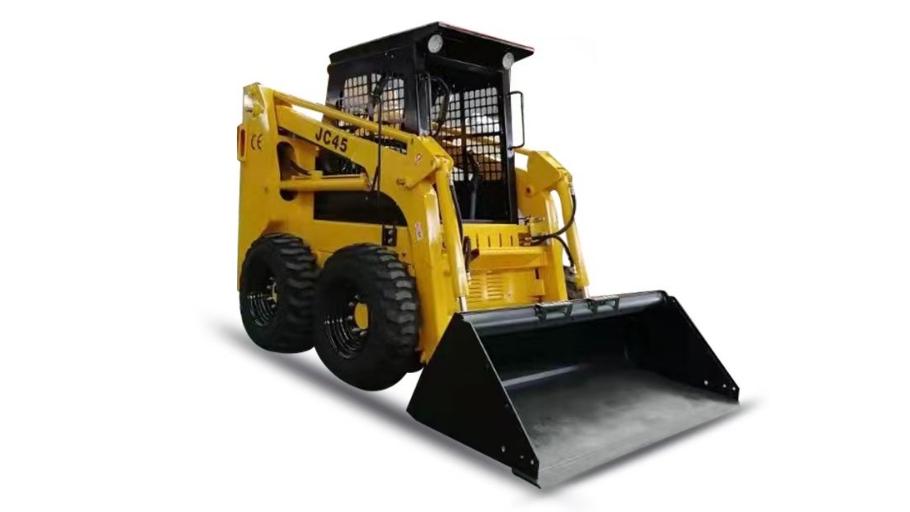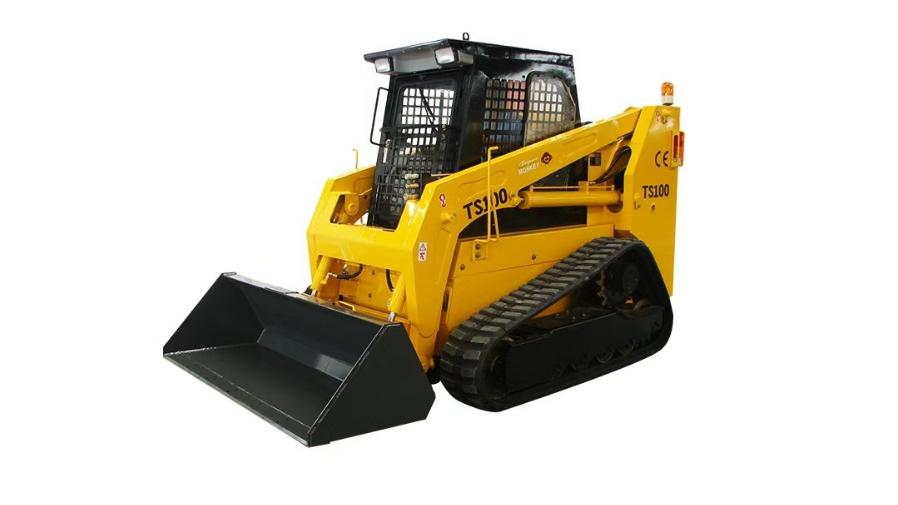What Is The Difference Between Radial And Vertical Lift Skid Steers?
1. Introduction
Heavy equipment plays a crucial role in construction, landscaping, and material handling industries. Two commonly used machines are the wheel loader and the skid steer. While they may appear similar at first glance, each serves different purposes and has unique strengths. Choosing the right machine for your project can improve efficiency and reduce costs.
2. Overview of Wheel Loaders
Wheel loaders are large, powerful machines designed to move heavy materials quickly across open spaces. They have large buckets capable of scooping and carrying substantial loads. They are widely used in construction sites, mining, and agriculture. Wheel loaders feature articulated steering, allowing the front and rear halves to pivot, enabling better maneuverability on uneven terrain.
3. Overview of Skid Steers
Skid steers are compact loaders characterized by their small size and zero turning radius. They are highly maneuverable, ideal for tight spaces and indoor use. Skid steers use skid steering, where wheels on each side rotate independently at different speeds to turn. Their versatility is enhanced by a variety of quick-change attachments, making them suitable for digging, grading, lifting, and more.
4. Design Differences
Wheel loaders are larger and heavier than skid steers. The articulated steering of wheel loaders offers smooth turning but requires more space. Skid steers, with their skid steering, can turn within their own footprint. Wheel loaders typically have a large bucket attached to a loader arm that lifts in an arc, while skid steers often use a vertical lift or radial lift arm system with smaller buckets or other attachments.
5. Performance Comparison
Wheel loaders generally have a higher lifting capacity and can carry heavier loads over longer distances. Skid steers excel in maneuverability and precision work in confined spaces. Wheel loaders operate faster and handle rough terrain better, while skid steers offer better control in delicate or restricted environments.
6. Attachments and Versatility
Both machines support a wide range of attachments. Wheel loaders often use buckets, forks, snow plows, and grapples. Skid steers boast an even wider range, including trenchers, stump grinders, hydraulic hammers, and augers. Their quick-change systems allow operators to switch tasks rapidly.
7. Operating Environment and Terrain
Wheel loaders thrive in open construction sites, quarries, and farms. They are less suited for confined indoor areas. Skid steers excel indoors, in landscaping, and on sites with limited space. Their small size and maneuverability make them ideal for loading trucks, cleaning up debris, or working inside warehouses.
8. Cost Considerations
Wheel loaders generally have a higher purchase price and operating cost due to their size and power. Skid steers are more affordable and economical to maintain. Renting either machine depends on job duration, project size, and task complexity.
9. Safety Considerations
Wheel loaders offer good operator visibility and stability but require more room to operate safely. Skid steers have excellent visibility and can work safely in tight spots but require careful operation to avoid tipping, especially on slopes.
10. Choosing the Right Machine
Selecting between a wheel loader and skid steer depends on job requirements. For heavy material transport over large distances, wheel loaders are ideal. For versatility, tight space access, and multiple attachment needs, skid steers are preferred.
11. Conclusion
Both wheel loaders and skid steers are valuable tools in material handling. Understanding their differences ensures you pick the right equipment to boost productivity, safety, and cost-effectiveness on your projects.
Post time:Jul.03.2025



